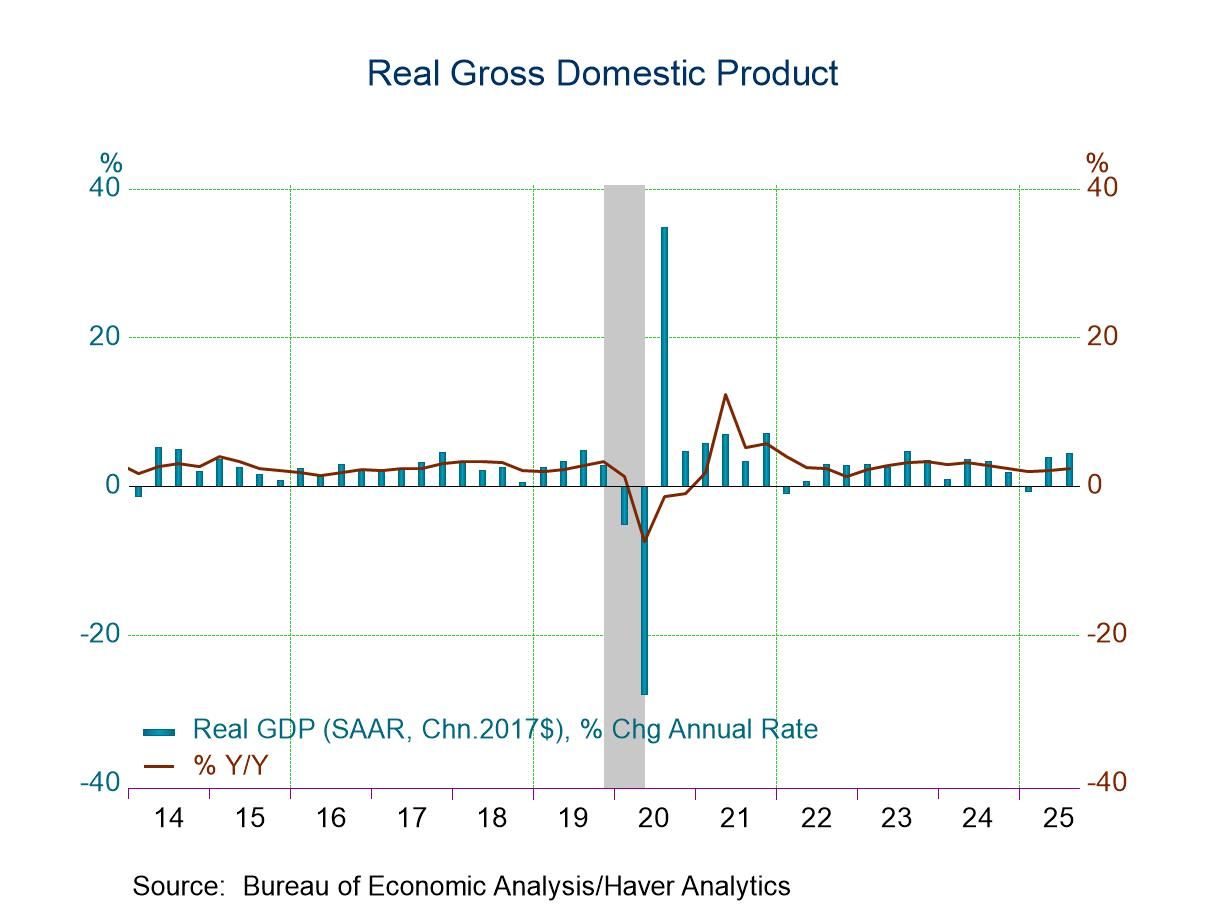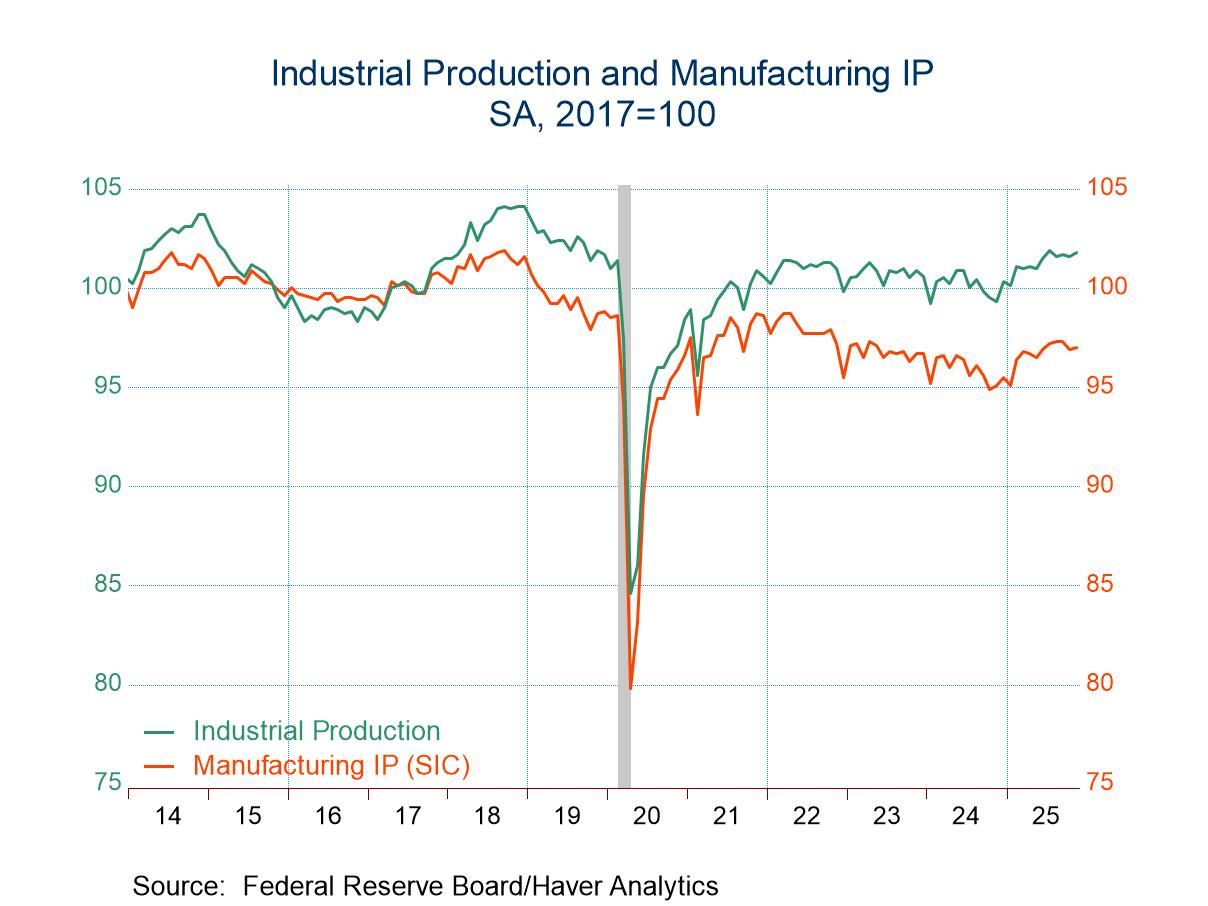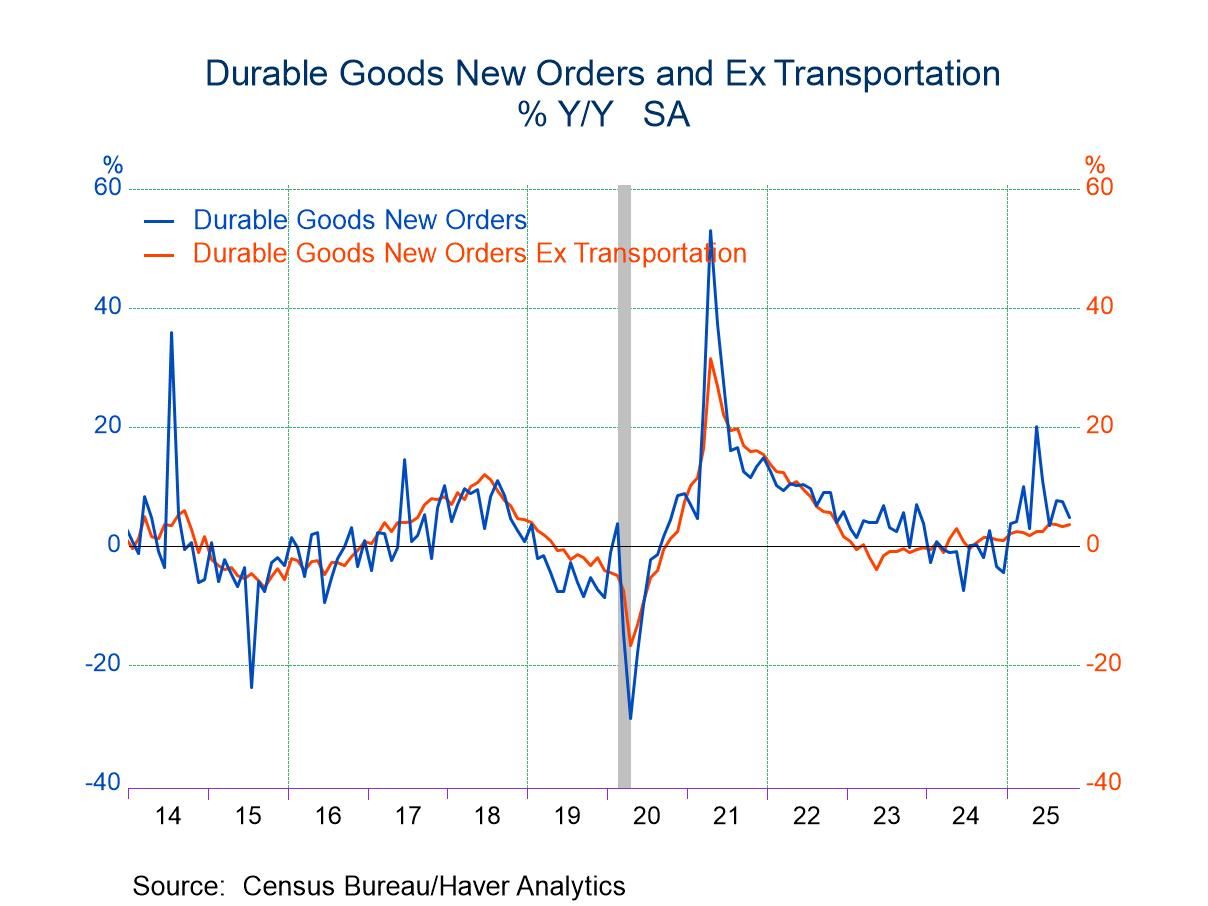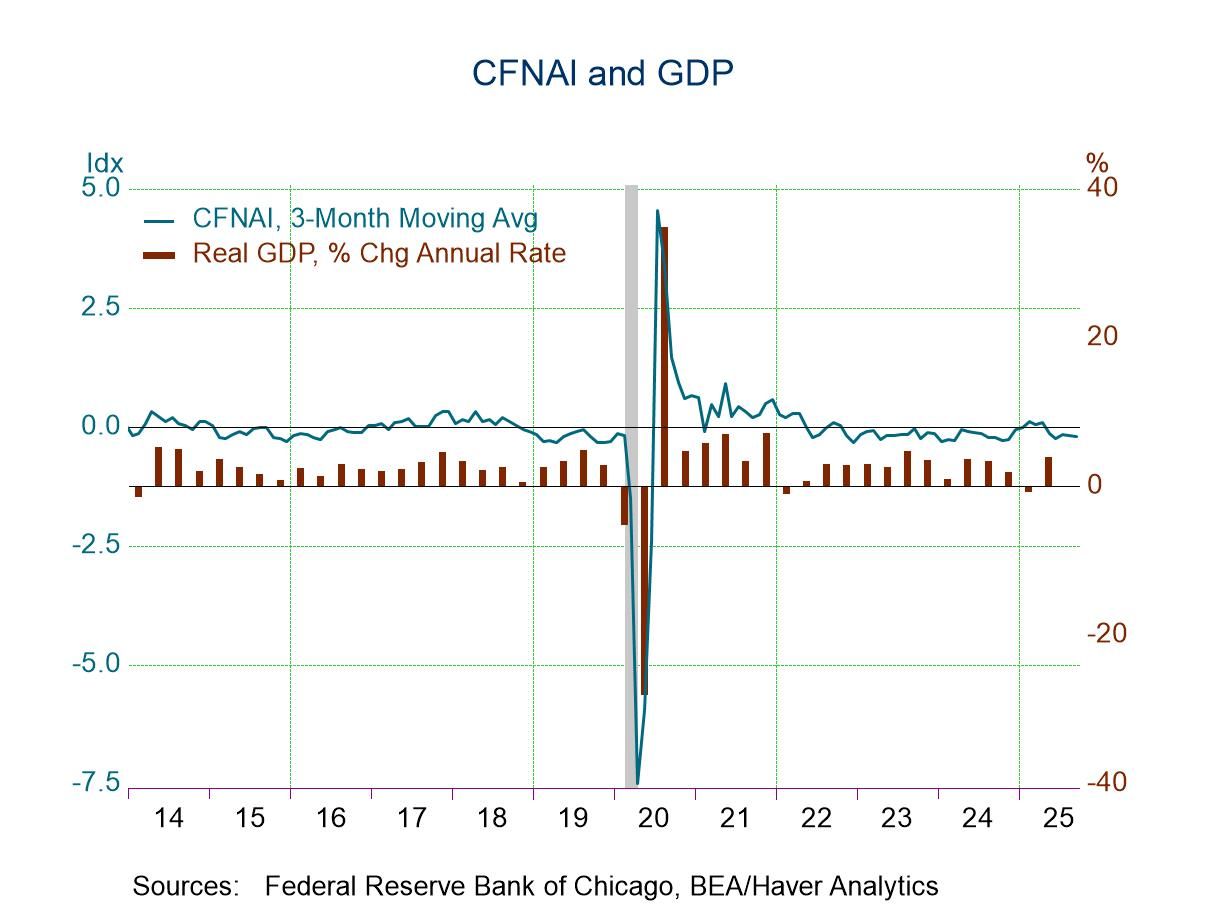 Asia| Oct 07 2024
Asia| Oct 07 2024Economic Letter From Asia: A Golden Week
In this week’s newsletter, we explore regional monetary policy, China’s Golden Week holidays, and Japan’s political landscape. Despite the Fed's 50 bps cut in September, many central banks in the Asia opted to maintain their current policy rates, largely due to domestic factors (Chart 1). However, we may see more exceptions this week, as both New Zealand and potentially South Korea appear poised to reduce rates (Chart 2). Inflation trends are also crucial, with recent price pressures easing thanks to declining energy costs. Nevertheless, escalating geopolitical tensions in the Middle East could hamper progress toward disinflation (Chart 3). Turning to China, recent easing measures have been positively received by markets. However, we observed preliminary signs of price stabilization in Hong Kong markets as Chinese markets undergo the Golden Week holidays (Chart 4). We also examine the potential spillover effects of China’s easing, particularly through currency fluctuations (see Chart 5) and the impact of the easing measures on consumer sentiment and spending. Finally, we examine Japan’s political landscape, focusing on market reactions to Ishiba’s appointment as Prime Minister. His dovish remarks have bolstered Japanese equities while contributing to renewed weakness in the yen (see Chart 6).
Updates on monetary policy While the Fed's 50 bps cut in September opened the door for central banks in the Asia-Pacific region to follow suit, many chose to maintain their current policy rates (Chart 1), primarily due to domestic considerations. Notably, the central banks of Japan, Australia, Taiwan, and Malaysia left their rates unchanged in September. For instance, Australia's central bank remains concerned about inflation, while Taiwan's central bank is focused on issues like household debt and the property market. Meanwhile, Malaysia's central bank sees no immediate need to begin an easing cycle, as inflation is under control and growth remains steady. Additionally, maintaining the current policy rates may be beneficial for some economies from a yield perspective, as yield differentials have either become more favourable (or less unfavourable) for their respective currencies.
Chart 1: Policy rates in the Asia Pacific

Looking ahead, several key interest rate decisions are expected in Asia this week, with the central banks of New Zealand (RBNZ), India (RBI), and South Korea (BoK) set to convene. Market indications reveal expectations for a 50 bps cut from the RBNZ after its October meeting, following New Zealand’s quarterly GDP contraction in Q2. In India, economists do not anticipate any rate changes from the RBI this week. This is largely due to stable inflation and robust economic growth in India, alongside a steady rupee. Conversely, in South Korea, the case for an October rate cut has been bolstered by easing inflation and concerns about slowing growth. However, persistent worries regarding elevated house prices and high household debt may prompt the BoK to hold off on further tightening until clearer signals emerge.
Chart 2: Policy rates in India, New Zealand, and South Korea

Updates on inflation Regional headline inflation has continued to cool in August, while core inflation measures—often excluding food and energy—experienced a more modest decline (see Chart 2). A key factor contributing to the recent disinflationary trends was the sharp drop in energy prices, driven by concerns over weak global demand. However, energy prices, particularly crude oil, have surged recently due to escalating tensions in the Middle East. This development underscores the ongoing inflation risks associated with potential supply disruptions, which remain a significant concern for many of Asia's central banks. The region's inflation outlook—and, by extension, its monetary policy—continues to be heavily influenced by international developments.
Chart 3: Inflation in the Asia Pacific

China’s Golden Week China began its week-long Golden Week holidays last Tuesday, resulting in a break in securities trading on the Mainland while markets in Hong Kong continued to operate. This difference in trading schedules provides a valuable opportunity to monitor the price movements of China-linked equities even during the holiday period. Recent trends suggest that markets may be taking a breather from the initial euphoria following China's announcement of significant stimulus measures last week. This is evident in Chart 3, which shows the Hang Seng China Enterprises Index—comprising Hong Kong-traded Mainland Chinese stocks—starting to exhibit some signs of price consolidation during the time when Mainland traders were on holiday.
Chart 4: CSI 300 and Hang Seng China Enterprises Index

Looking beyond China, one way the recent easing measures may impact the broader Asian region is through currency effects. As shown in Chart 5, the yuan briefly strengthened to below 7 against the US dollar following the announcement of these measures, although it has since given back some gains Additionally, the yuan's relative strength against its trading partners, as measured by its nominal effective exchange rate (NEER), indicates only a mild appreciation of about 2% so far this year. Therefore, the spillover effects related to currencies may be relatively limited. However, there are other potential effects to consider. If the easing measures succeed in stabilizing the property sector and improving sentiment among Chinese consumers, we could see positive externalities emerge from a recovery in wealth, driven by rising property prices and increased consumer spending. This could result in heightened outbound spending, including increased tourism from China to other Asian countries. That said, it remains to be seen whether these easing measures will meaningfully improve the economic situation in China in the near term.
Chart 5: The Chinese yuan

Reactions to Japan’s political developments Shifting focus to Japan, the political landscape remains quite fluid following Prime Minister Ishiba’s assumption of office last Tuesday. He has announced plans to dissolve the lower house of parliament this week, paving the way for snap elections scheduled for October 27. This situation creates a phase of political uncertainty, with the immediate event risk being the upcoming general elections. However, there are early indications of the direction an Ishiba-led government might take. Notably, Ishiba has expressed a desire for a dovish monetary policy, stating that Japan is not ready for another rate hike. While the ultimate decision on monetary policy lies with the Bank of Japan, its recent communications have also leaned toward a more dovish outlook. The markets have responded positively to Ishiba’s positioning, evidenced by a rally in Japan’s equity markets, while the yen has retraced some of its recent gains (see Chart 6).
Chart 6: Japan equities and the yen

Tian Yong Woon
AuthorMore in Author Profile »Tian Yong joined Haver Analytics as an Economist in 2023. Previously, Tian Yong worked as an Economist with Deutsche Bank, covering Emerging Asian economies while also writing on thematic issues within the broader Asia region. Prior to his work with Deutsche Bank, he worked as an Economic Analyst with the International Monetary Fund, where he contributed to Article IV consultations with Singapore and Malaysia, and to the regular surveillance of financial stability issues in the Asia Pacific region.
Tian Yong holds a Master of Science in Quantitative Finance from the Singapore Management University, and a Bachelor of Science in Banking and Finance from the University of London.






